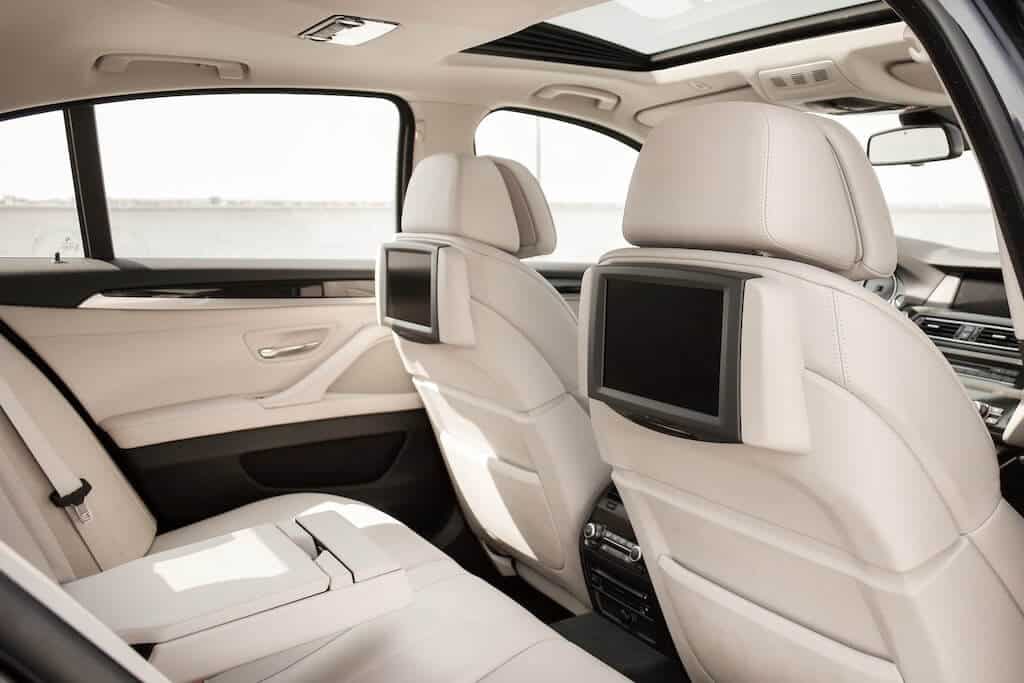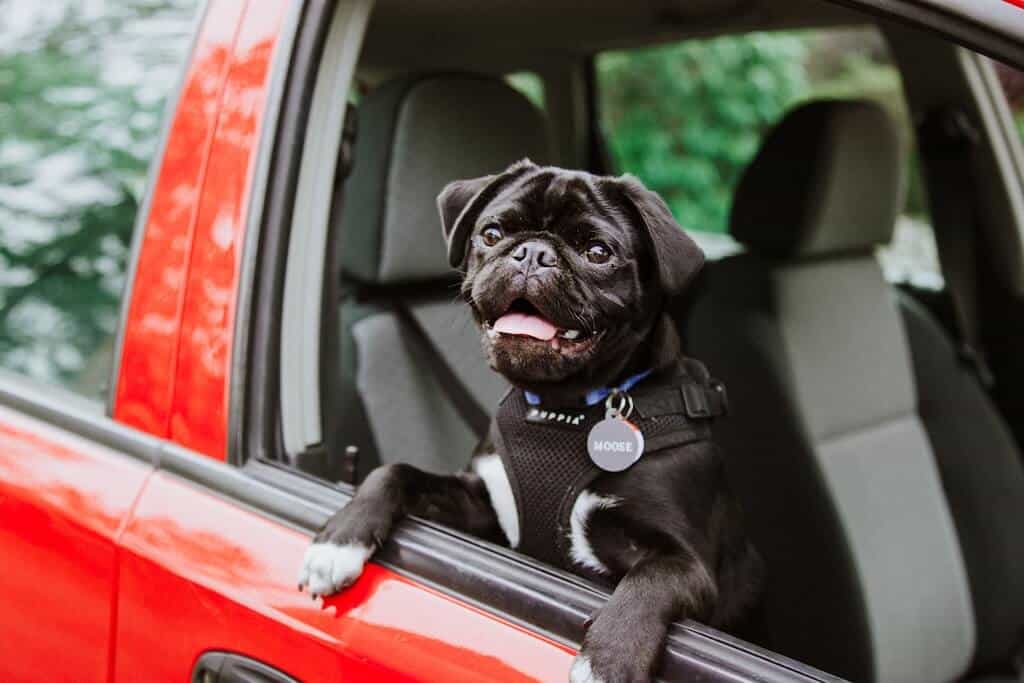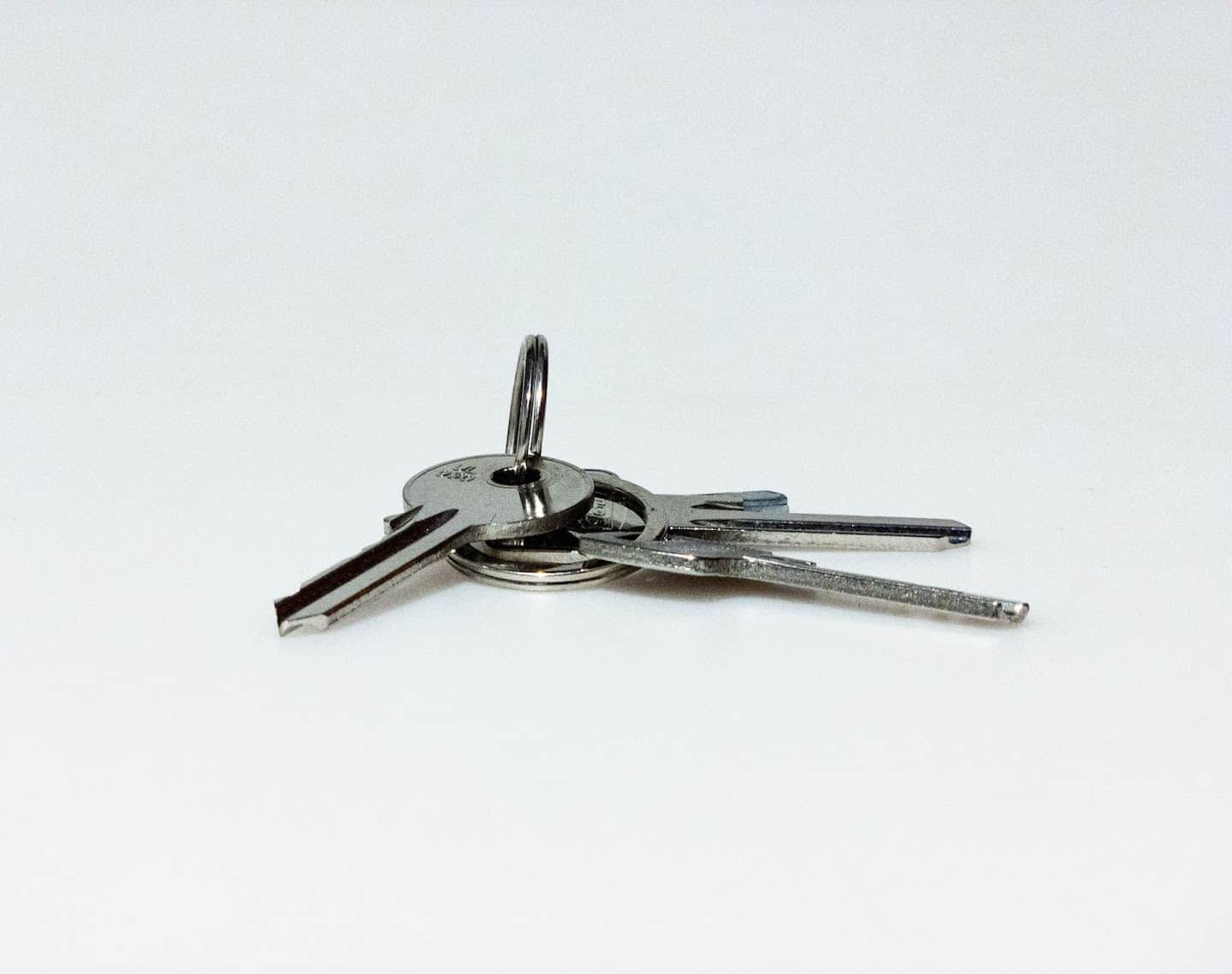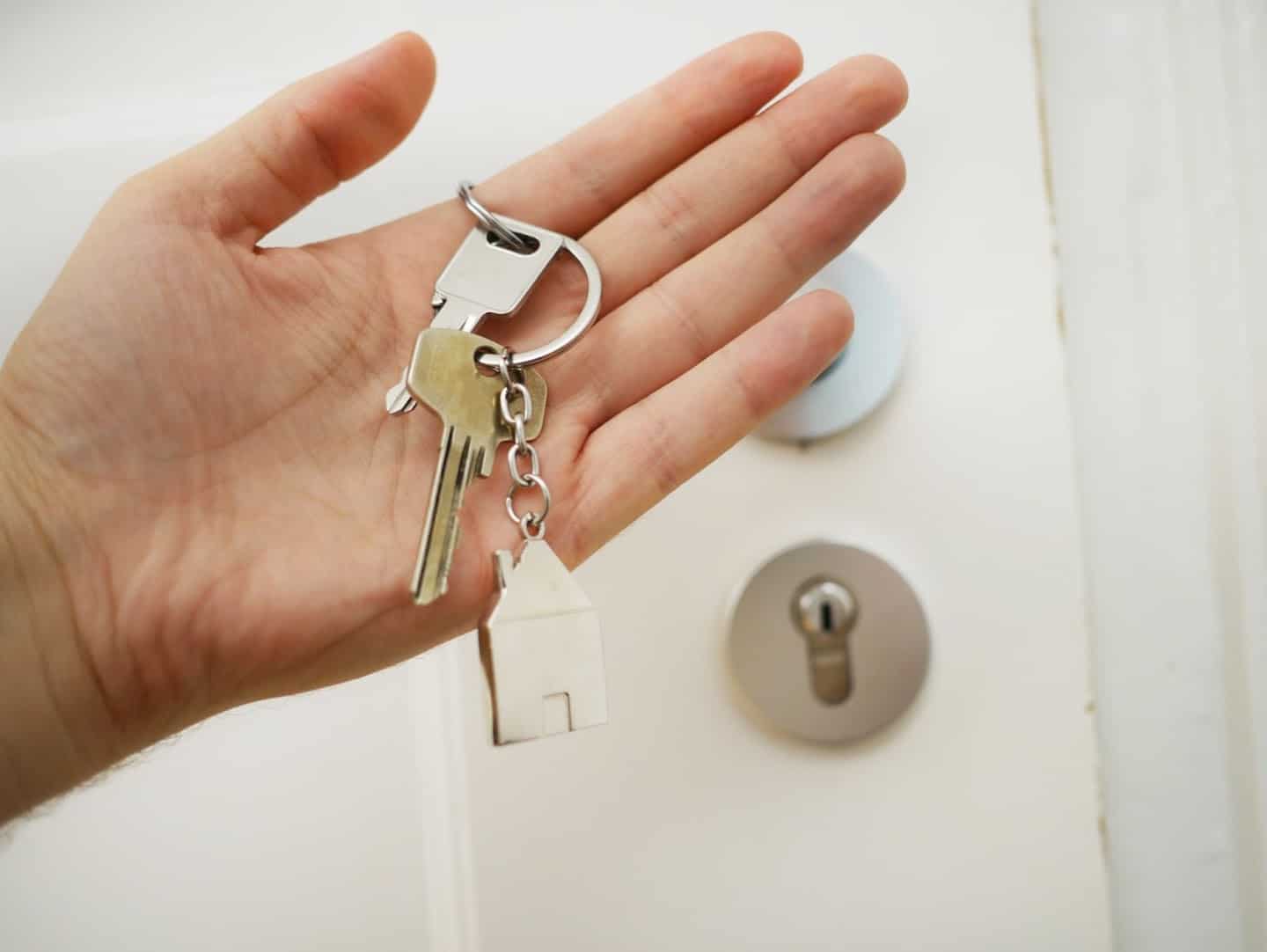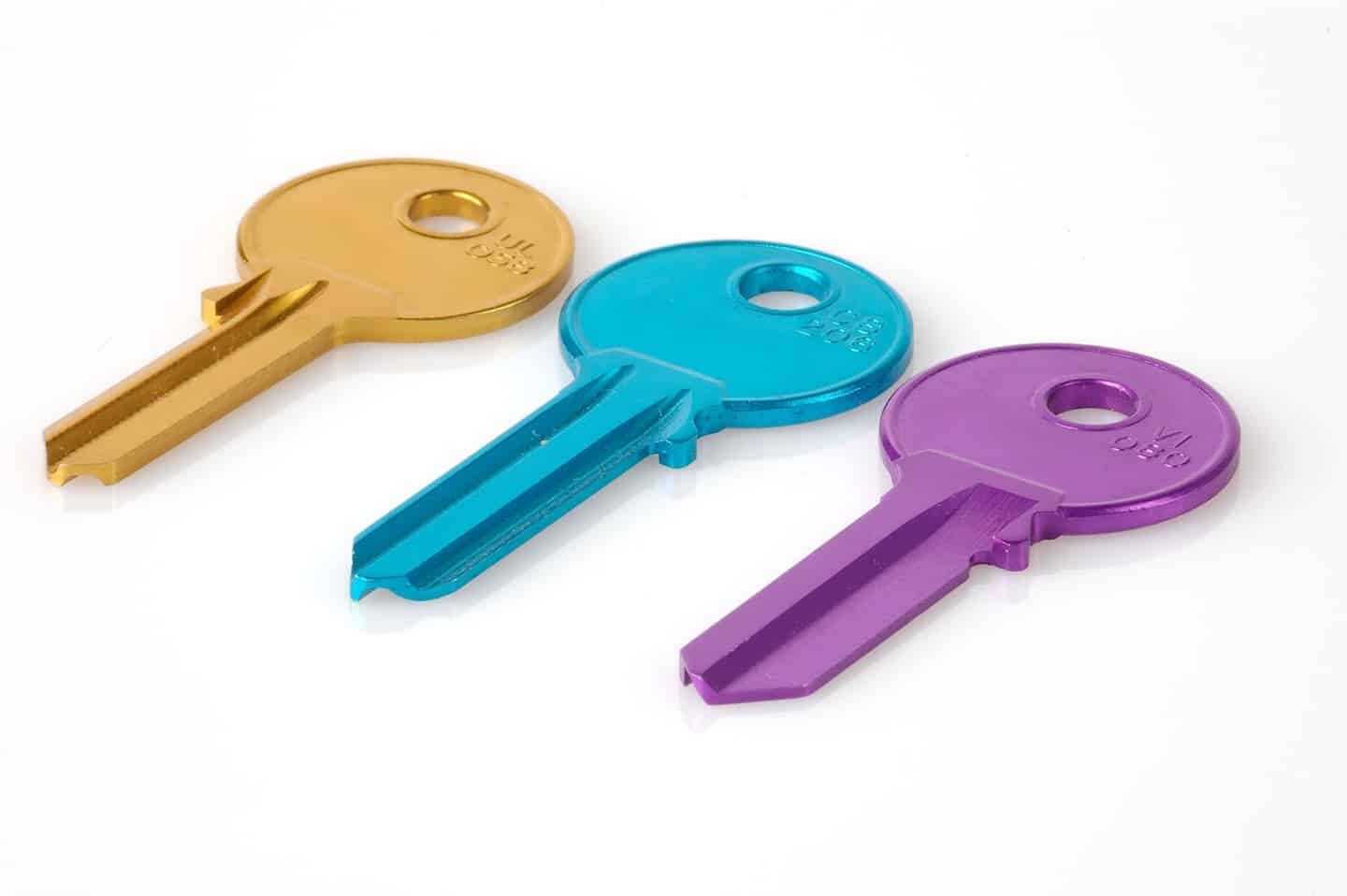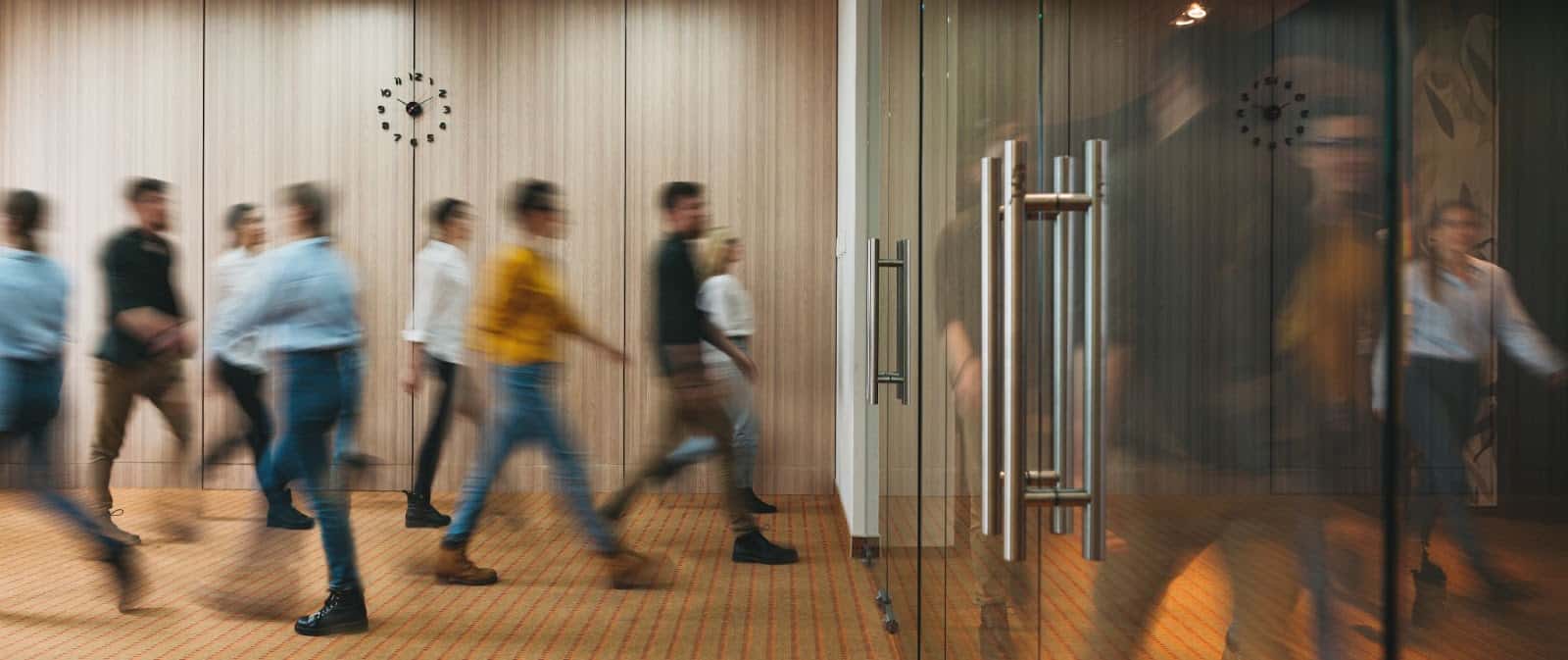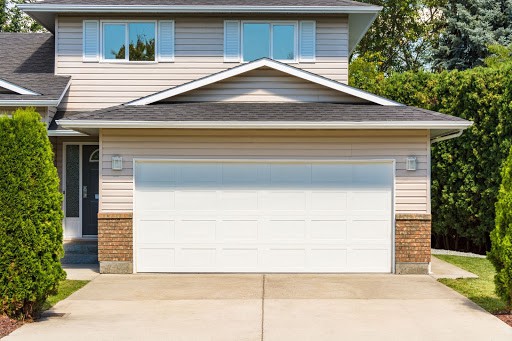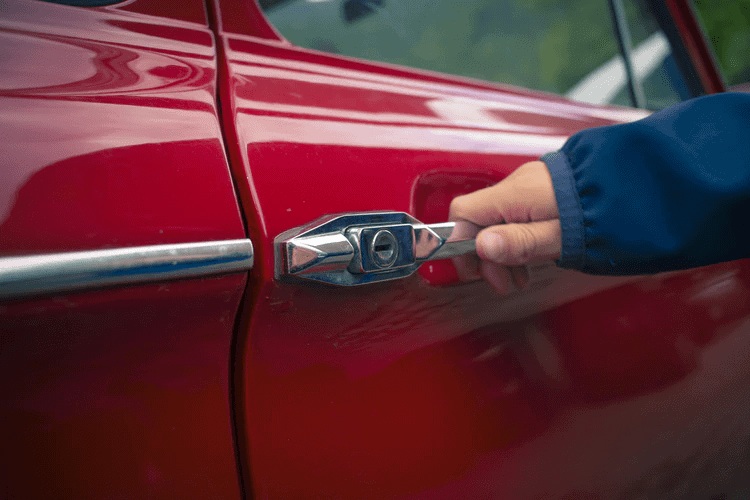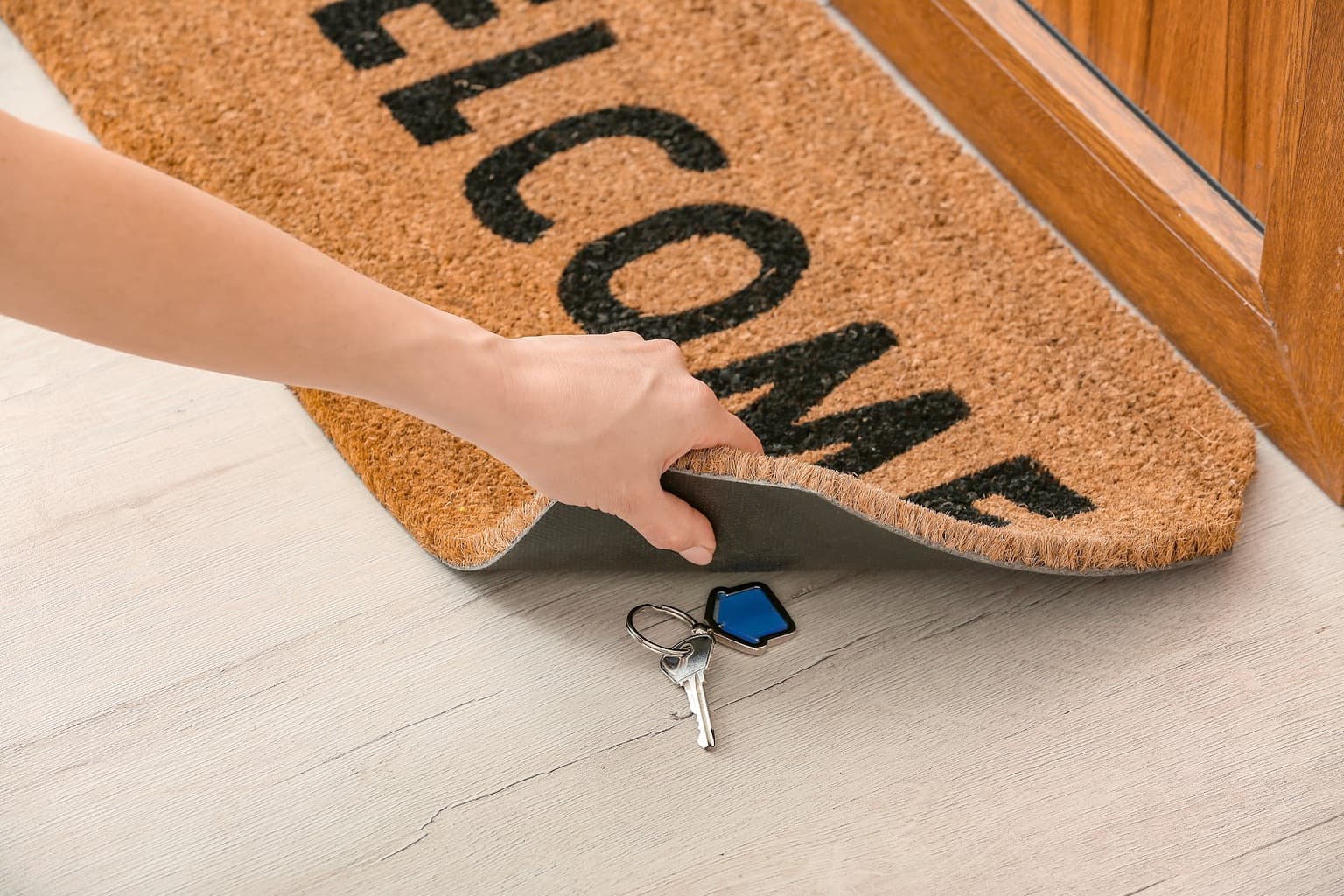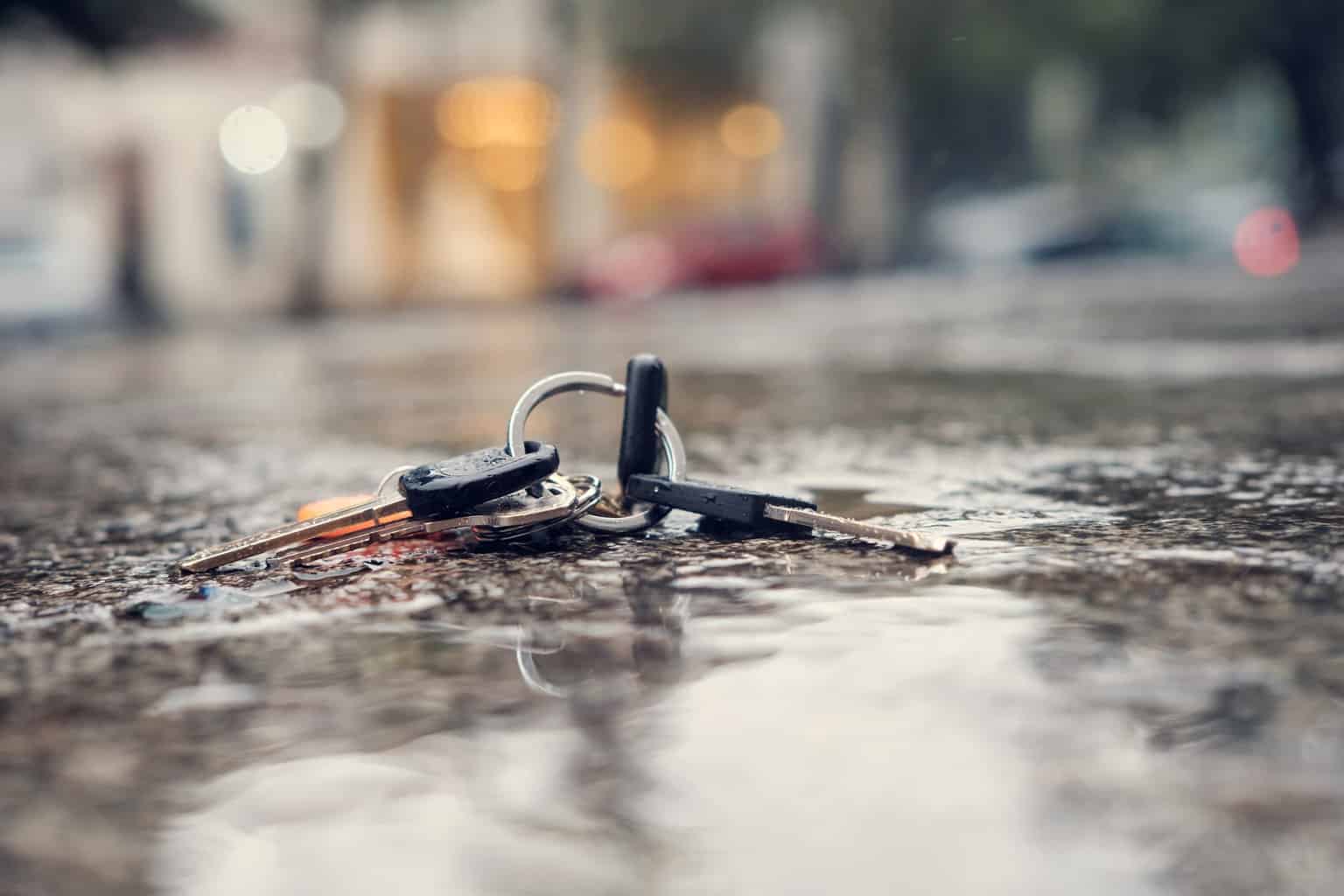
Though exposed to the elements, our outdoor property is hardly less important than what we keep inside. From grills to gardening equipment to your treasured heirloom gnome, there is an assortment of valuables resting in our front and back yards. Only, with these treasures, we seem perfectly fine with leaving them in the open for all to see.
If you’re bent on remaining the block’s ultimate grill master (i.e., keeping your equipment away from thieves), read on to learn 10 handy tricks to secure your outdoor property.
Top 10 Ways to Secure Your Yard
1. Put it Inside
No matter your security measures, nothing beats the safety of the great indoors. If you keep an array of items you can’t live without — flat screens, sound systems, gardening equipment — outside, it may be best to bring them into a designated indoor storage area such as your garage before dark each day. At the very least, consider putting your items in a shed or outdoor lockbox. After all: out of sight, out of mind. If a thief can’t see anything worth their time at first glance, they’re less likely to snoop around.
2. Install Flood Lights
Across the U.S., burglary rates increase by 10% from daytime to night, revealing a pretty intuitive truth: thieves crave the cover of darkness. Not only are passersby or property owners less likely to spot them, they’re also more likely to be knocked cold sleeping. A motion-sensing floodlight can solve the former. No matter if animal or man creeps past, motion-sensing flood lights will leap to action, bathing the intruder in light while lending the impression that their every movement is being watched.
3. Increase Visibility
Thieves are more likely to target lawns with plenty of hiding spots. Large shrubs and tall grass provide excellent coverage, while unkempt foliage implies absence, making your home even more likely to be targeted. The solution is simple: keep your yard clean. Trim those hedges, mow that grass, tame that ivy — anything to improve visibility. If you want to go the extra mile, you can even consider planting a few cacti or burglar-proofing your landscaping on the whole.
4. Install a Security System
This option is slightly lower on our list due to high costs and maintenance, but in reality, nothing beats a top-of-the-line outdoor security system in terms of protection. Not only do video systems allow for easy monitoring of all outdoor activity, but the very sight of a camera or alarm system can also be enough to scare away a thief. You could say they’re a bit camera-shy.
5. Give the Appearance of Security
Just because a system is out of your budget doesn’t mean you have to settle for subpar security. Often, the mere appearance of a high-end security system can be enough to give thieves second thoughts since, most of the time, they’re not ones for researching. To look thief-proof, you can install fake security cameras (they still have very real-looking blinking red lights), in addition to security company yard signs and window decals.
6. Padlock Your Shed
While sheds make for an excellent space to stash and preserve outdoor equipment, they’re also one of the most frequently burglarized property items — mainly due to their owner’s lack of security. As such, it’s important to attach a sturdy, weather-proof padlock to your shed’s door handles (and be sure to lock up before heading inside after a day of gardening!)
7. Use a Steel Cable
Think your outdoor sports bar lounge is pretty sweet? So does the neighborhood thief. While locking up your flatscreen and grilling equipment seems obvious, your furniture is also a target and deserves protection as well. One way to achieve this is through using a steel cable — a flexible cord found at nearly every hardware store. After wrapping the cable around furniture legs and flossing it between every item, you can then affix a padlock to secure both ends of the cable, effectively tying everything together. This makes it nearly impossible for a thief to run off with a chair without dragging the entire set behind them.
8. Fortify Your Fence
Often, yards are burglarized as a result of shoddy fencing. If your fence is falling apart, replete with gaps, or using gate locks that no longer work, it might be time to revamp your fort. Looming, metal fences or fences with minimal spacing between planks are best at deterring burglars. If you want to get real intimidating, you can even fix metal spikes at the top of the fence as a kind of bougie barbed wire.
9. Install Gate Alarms
It’s understandable to not want an outdoor alarm blaring for the whole block to hear, but pool and yard gate alarm systems can be a great way to both alert you to nefarious activity and scare away impending intruders.
10. Get a Dog
If your dog’s bark is bigger than his bite, he’d make an excellent doggie defense system. Having an outdoor dog reduces your chances of being burglarized drastically since no thief wants to battle Fido over some lawn chairs. Putting up a “Beware of Dog” sign regardless of your dog’s real temperament can further drill home the point: your yard is off-limits.

We Mow Down Yard Thieves
Not literally, of course. That said, Pop-A-Lock’s home security audit is sure to put local thieves out of business. After searching high and low for security weak points on your property, one of our safety experts will recommend solutions to fortify your home. Call today for a free quote or visit our site for more info.



